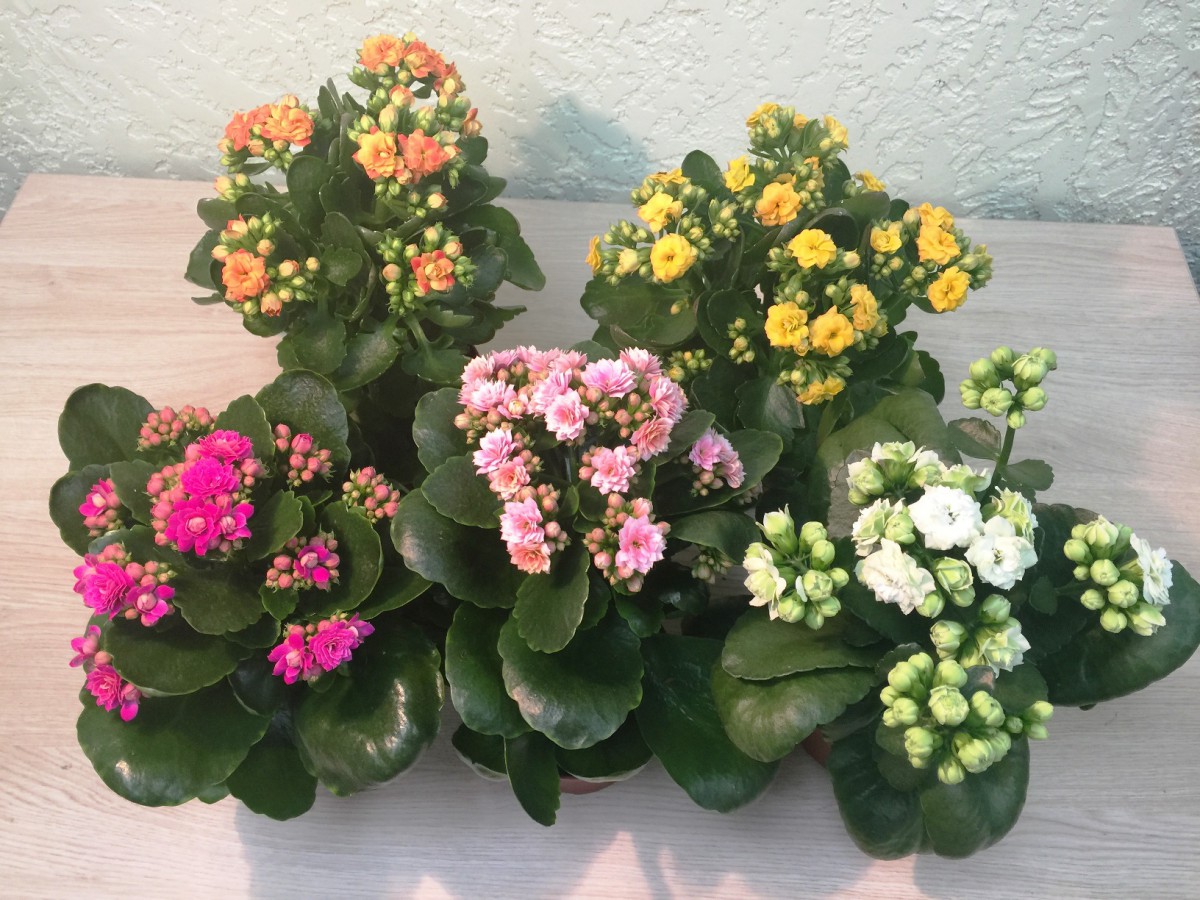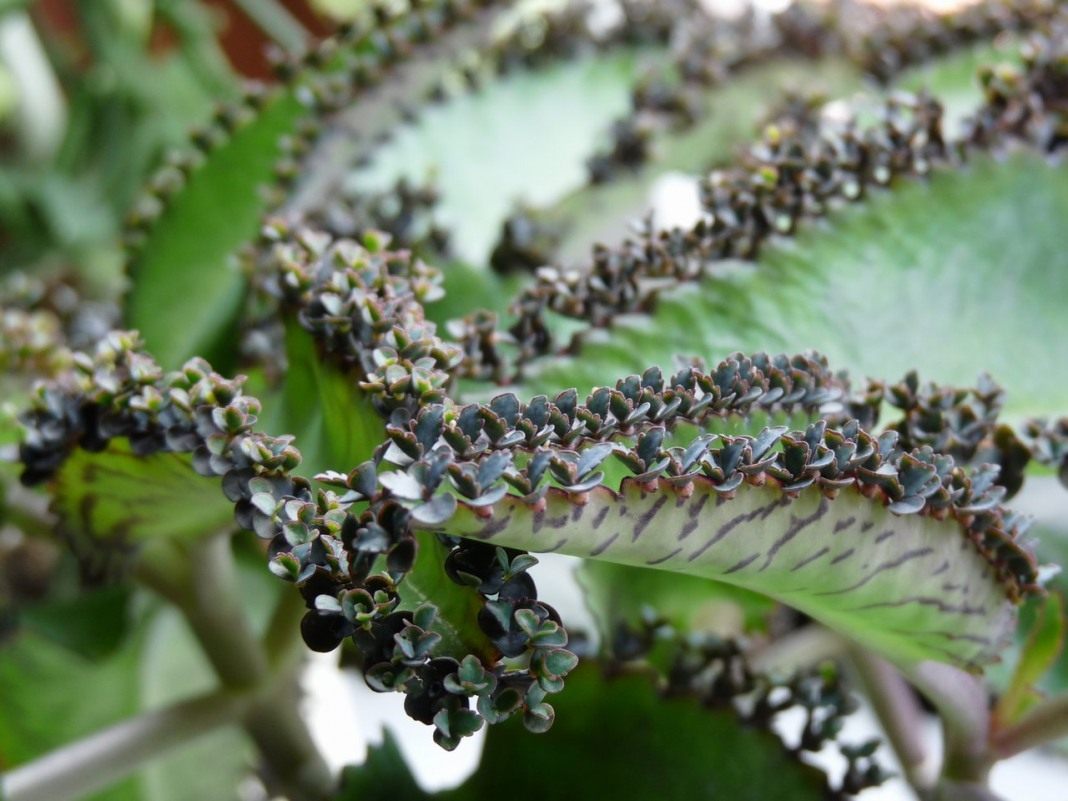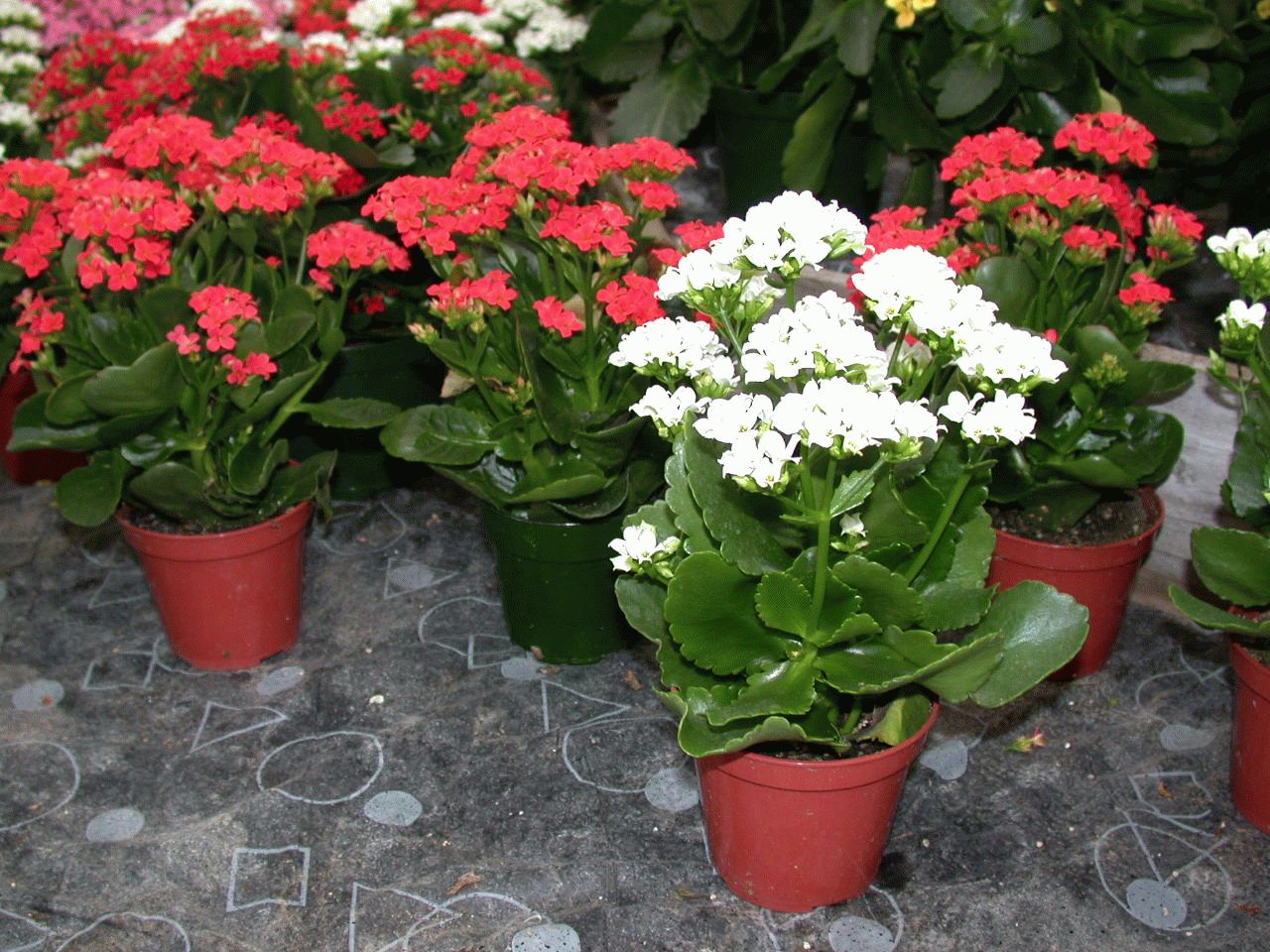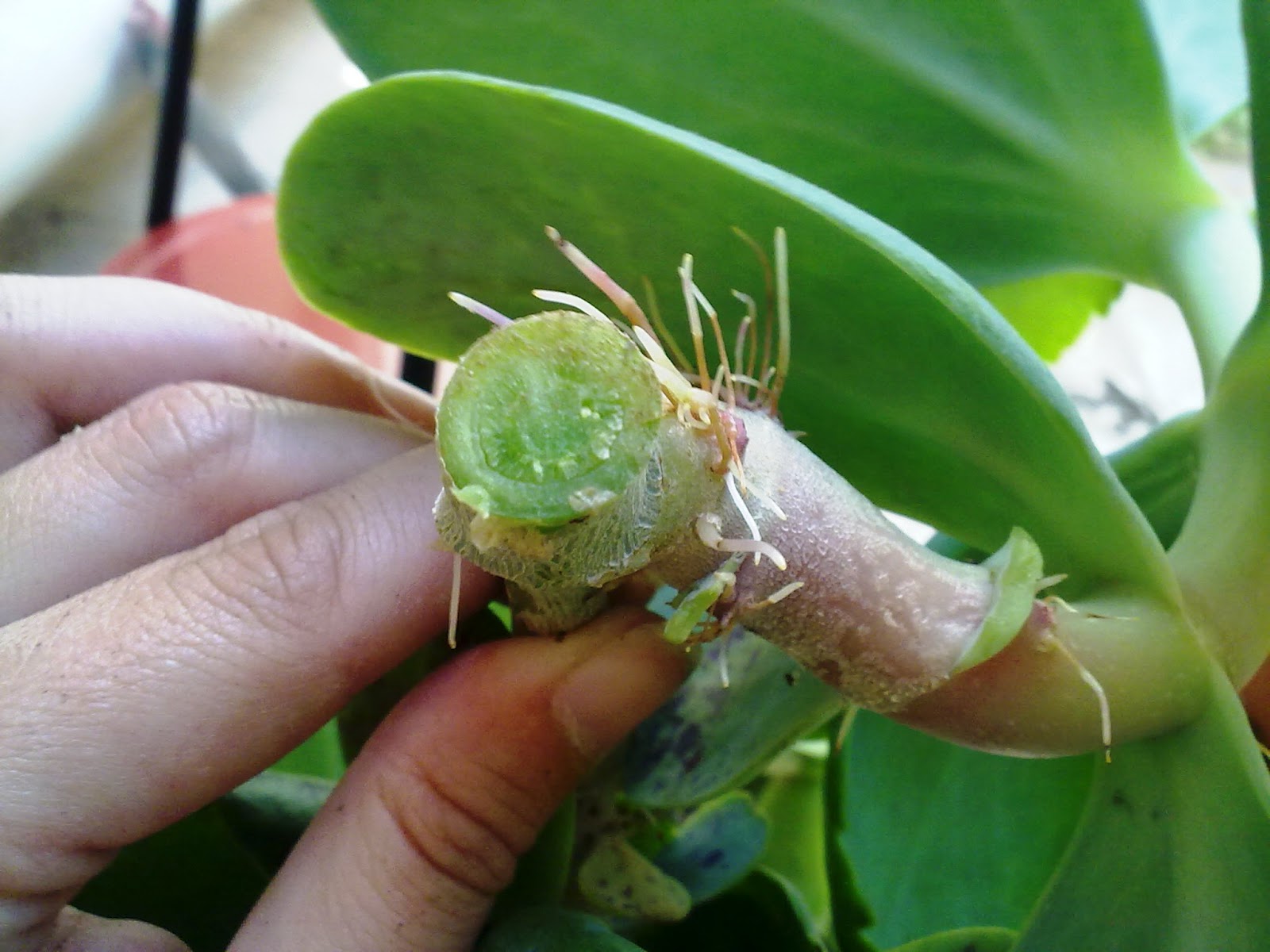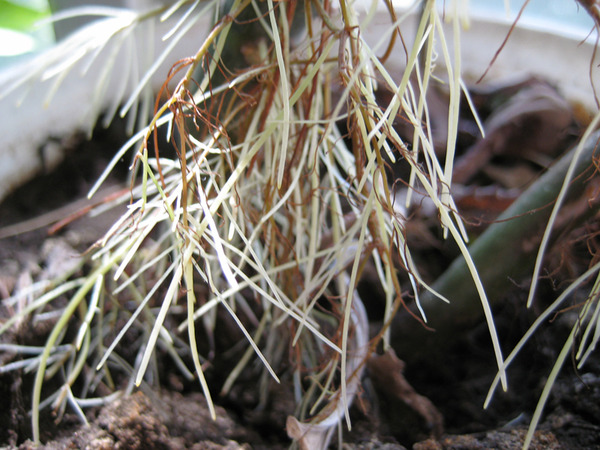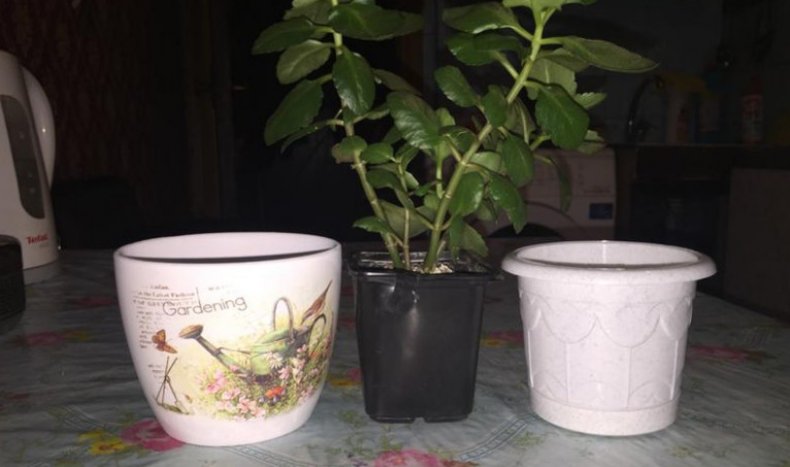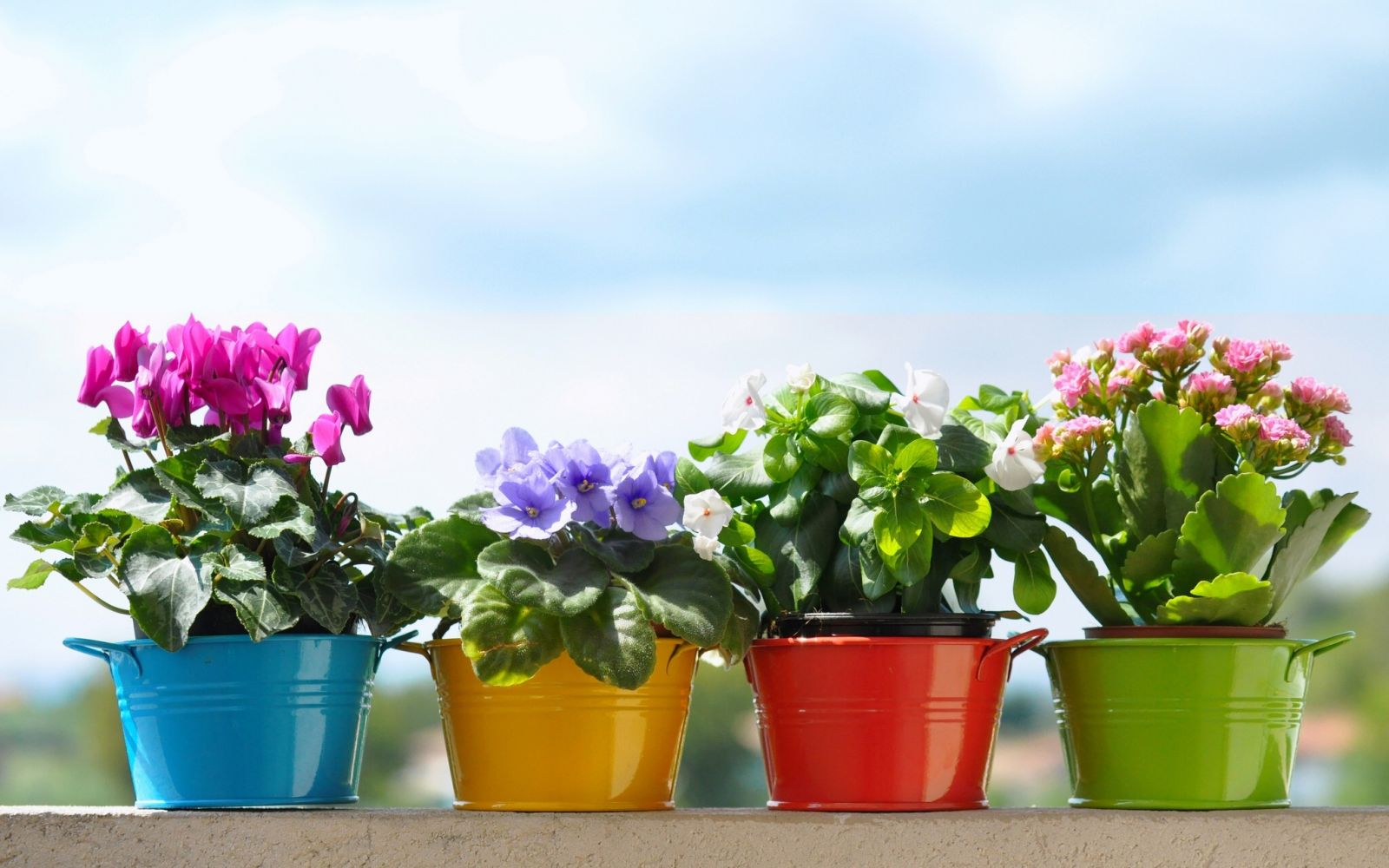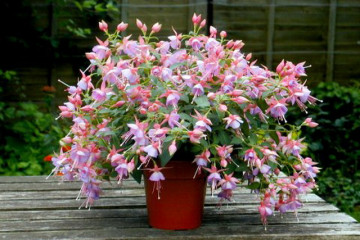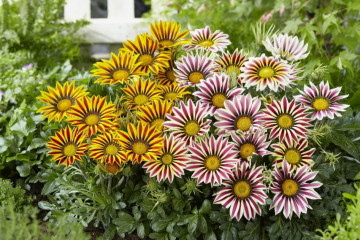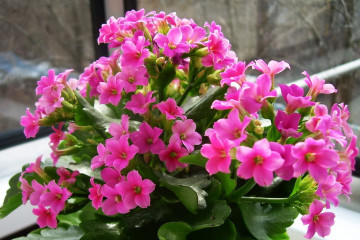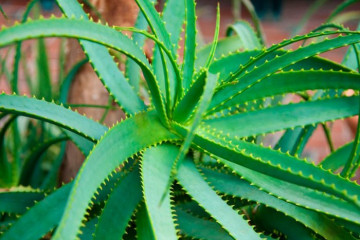How to transplant Kalanchoe - what soil and pot are needed
Content:
Flower growers know over two hundred species of Kalanchoe, some of which are famous for their lush beautiful flowering. Other varieties of flowers do not exist at home, but the leaves are impressive in the variety of shapes and colors. In garden stores, you can choose a plant of the right size with flowers in your favorite shade. Usually, after the purchase, a transplant is required, the rules of which, in general, are the same for almost all varieties of succulents. In order not to destroy the new pet, it is necessary to clarify how to transplant the Kalanchoe at home.
How to pick a good Kalanchoe flower in a store
Most often on store shelves you can find Blossfeld's Kalanchoe of different shades (Mix or Kalandiva), as well as Degremona's Kalanchoe bryophyllum (known as viviparous). The second one does not bloom, but is valued for its decorative and medicinal properties.
When choosing a plant in a garden store, you should pay attention to its condition. You should immediately refuse to buy a sick copy. The health of a plant can be judged by its appearance:
- Leaves. To the touch, each leaf should be elastic, juicy, without traces of wilting. Warning signs: yellow or brown spots, gray bloom, as well as a large distance between the leaves (this happens due to lack of light).
- Buds and flowers. It is best to buy Kalanchoe in the stage of unblown buds. In this case, you can enjoy the beauty of gradually blooming flowers for at least a month. If all the buds have already opened, then soon the plant will go into a dormant state.
- Diseases. Their presence can be judged by weeping spots on the leaves, as well as by an unpleasant putrid smell.
- Pests. It is worth carefully examining the leaves from all sides. Often scabbards, aphids and spider mites hide on the reverse side, but they are easy to detect by damage: scratches, growths, bloom, spots.
When a flower needs a transplant
In order for a healthy and strong Kalanchoe to grow, home care after purchase should begin with choosing a suitable place for it (light, but not on the south window). But you can put it in a permanent place only after compulsory aging for two weeks in quarantine, away from other domestic plants.
Usually flowers in stores are sold in shipping containers filled with nutrient-poor soil or peat. This is the main reason why plants need to be transplanted into a new sturdy pot and nutritious soil.
Can I transplant during flowering
The transplant can be carried out a week after the plant is delivered to the house. During this period, the succulent is acclimatized to the changed lighting, temperature regime, and air humidity. If the Kalanchoe is already blooming and the soil in its pot is not bad, then you can wait until all the buds wither.
Kalanchoe - home transplant
There are only two reasons for transplanting a plant into a new pot: this is done after the purchase, or it is planned.
Planned transplant
Usually Kalanchoe is transplanted every 12 months. Adult specimens over 5 years old do not need to be disturbed so often and change the soil for them every 2 years. Sometimes a transplant is required for emergency reasons:
- roots peek out from the lower drainage holes of the pot - the flower has outgrown its house;
- the soil has become too dense and has ceased to absorb moisture;
- decay of the roots occurred - resuscitation measures are needed.
In the process of transplanting, it may turn out that the crown of the plant has grown too much to the sides and has lost its neat shape. Pruning is carried out at the same time. Elongated shoots are removed, returning an attractive appearance to the succulent.
There are two ways to root shoots (cuttings):
- In water. A glass of water is covered with paper with a hole into which the handle is inserted so that only its tip to the bottom pair of leaves is immersed in water. After 2-3 weeks, thin white roots should appear. After that, you can immediately plant such cuttings in the smallest pots (7-9 cm in diameter).
- In the soil. The cuttings are left in the air for several hours to dry the slices. Then each should be planted in standard soil for succulents and left for 2 days without watering. Then, within 1-2 weeks, the top layer of the soil is moistened as it dries out from a spray bottle (do not water!). After a month, the successfully rooted specimens can be transplanted into permanent individual pots.
Kalanchoe - transplant after purchase
A week after purchase, the appearance of the succulent, the quality of the soil in the pot and the size of the container are assessed. Usually, everything indicates the need for transplanting (the pot is small, the soil is poor, the buds are rapidly withering).
It is not worth postponing this work for a long time, as this will negatively affect the appearance of the plant.
Transplant technology, step by step instructions
Meanwhile, there are no differences in how to transplant Kalanchoe after purchase or as planned. The work is performed in the following sequence:
- The substrate prepared in advance is watered with a slightly pink solution of potassium permanganate or hot water for disinfection.
- A drainage layer is placed on the bottom of the new pot.
- About half of the finished soil is poured into the pot.
- Water the plant and remove from the old pot.
- Shake off lumps of old soil from the roots.
- If rotten areas of the roots are revealed, they are cut out, and the sections are disinfected with crushed coal or fungicide.
- The plant is placed in a new pot, the roots are straightened and covered with the rest of the prepared soil. Normally, the soil level in the pot is 3 cm below the side.
- Drizzle.
- Put for 2-3 days in a slightly darkened place, and then transfer to the east or west window.
What pot is needed for Kalanchoe
Usually, the transfer of the succulent to a new container is carried out with an increase in the diameter of the container by 2-3 cm.If the plant is transplanted into a pot that is too large in volume, this will lead to excessive growth of the crown to the detriment of potential flowering (especially in adult specimens).
Soil preparation for Kalanchoe
The composition of the soil for Kalanchoe is exactly the same as for other succulents.You can make it yourself at home. The components are prepared in the following proportion:
- Sod land - 4 parts.
- Sand - 1 hour.
- Peat - 1 part.
- Leafy ground - 2 parts.
The soil for the Kalanchoe should be loose, breathable. For this, sand is added to it, but vermiculite can also be used in the same volume. Mullein or humus can be used as nutritional supplements, but in very small quantities. It is useful to mix a little birch charcoal powder into the soil for transplanting.
Kalanchoe care after transplant
Care for a succulent plant before and after transplanting should be the same. The most suitable air temperature for him in the summer is within +23 .. + 25 ° С. In winter, the temperature is lowered, but not much. The admissible minimum temperature is +10 .. + 12 ° С.
The Kalanchoe needs a lot of light all year round. The best place for it is on the eastern or western windows, but in the northern regions it is also displayed on the southern window sills. Optimal is to create bright and diffused lighting, preventing direct sunlight from falling on the leaves.
During the entire period between flowering, the duration of daylight hours should be 12 hours. If necessary, arrange artificial lighting.
To shorten daylight hours, lightproof caps are used, which cover the pot from 3 pm to 9 am. When performing this technique, the buds will appear in exactly 30 days.
The first time the transplanted plant should be fed only after 3-4 weeks. Fresh soil has enough nutrients for active growth. It is more dangerous for injured roots to get an excess of fertilizers than to be left without them. Flowering varieties have a greater need for feeding than decorative leafy ones.
Complex mineral preparations have proven themselves well:
- Agricola for Cacti and Succulents. Liquid detergent in a can. Formula nitrogen-phosphorus-potassium (NPK) 3: 6: 5.
- Bona Forte for cacti and succulents. Liquid concentrate enriched with succinic acid and magnesium, which is ideal for feeding flowering Kalanchoe species.
In the warm season, fertilizing is combined with watering, adding fertilizer to the water every 2 weeks. It is imperative to follow the manufacturer's recommendation on the fertilizer packaging for diluting the product in order to avoid overdose and chemical burns of the plant.
They are guided by the principle: less is better. An excess of nutrients stimulates leaf growth, at the expense of flower formation. In winter, decorative leafy Kalanchoe species are usually not fed, and flowering ones - once a month.
How to properly water a transplanted plant
Only after transplanting, the first watering is carried out after 4 days. The rest of the time, the Kalanchoe must be watered regularly. In this case, it is important to do this so that the soil is wetted evenly, and the excess flows into the sump (this water is immediately drained).
- In the warm season, one watering per week is enough.
- In winter, watering is reduced to 1-2 times a month for non-flowering ones, and flowering ones are watered as the soil in the pot dries.
In the hot months, it is useful to carry out a hygienic shower: the foliage is sprayed from a fine spray bottle, and then immediately wipe the water droplets with dust with a paper napkin. It is not necessary to wipe after spraying only those Kalanchoe species in which the leaves are down, and species with a fringe do not need to be sprayed at all.
With your own hands, transplanting the Kalanchoe into a new pot after purchase or planned is not at all difficult. You can perform this procedure at any convenient time, but best of all - in the second half of spring.
